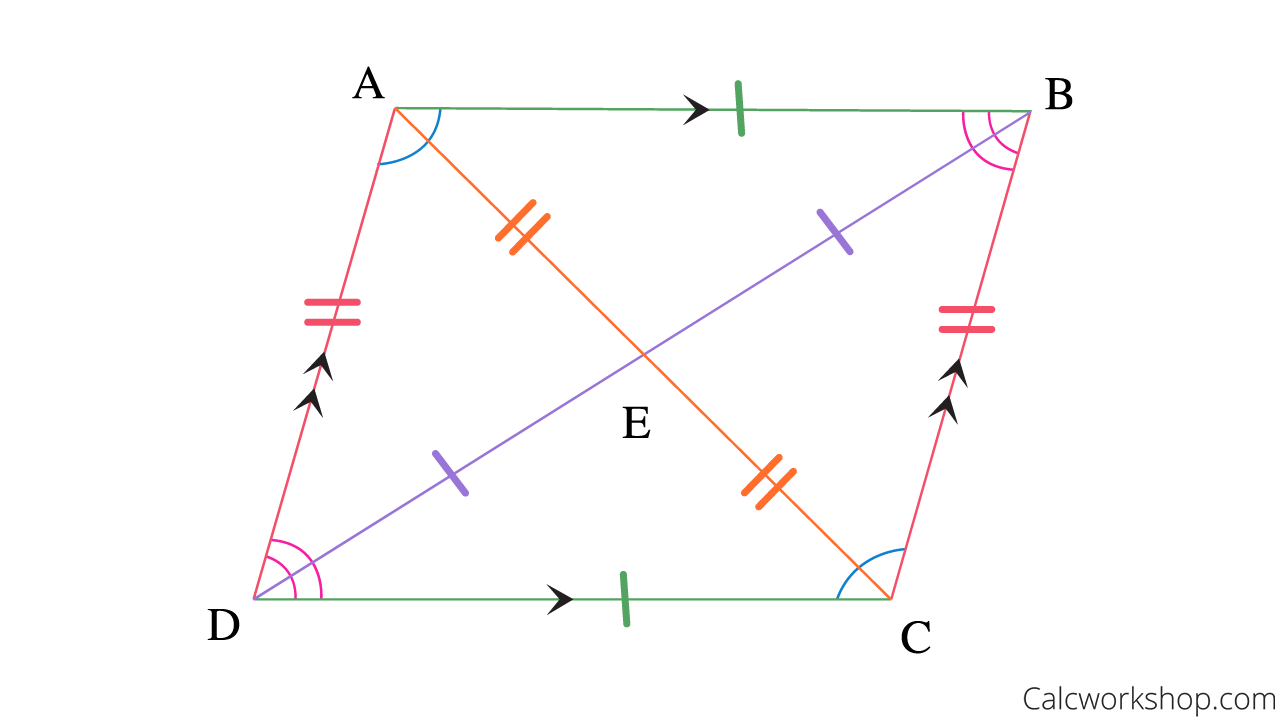The conversation between characters in a piece of literature.
dialogue
When you graph an inequality, you used a closed dot when you use which symbols?
Greater than or equal to and less than or equalt to.
What was so strange about the hitchhiker?
He kept showing up again and again.
Is this a polygon?
The moment in the story that is the most exciting or is the major turning point.
climax
The repetition of initial sounds in words that are close together.
alliteration
When you graph an inequality, you used an open dot when you use which symbols?
greater than and less than
When Ronald called his mother who answered the phone?
A woman he did not know.
What specific type of polygon is this?

Parallelogram
Free Points
Yay!!!
Description that appeals to the senses (sight, sound, smell, touch, taste)
imagery
Name this inequality...

x is greater than or equal to eleven.
Free Points!
Yay!
What is the formula for finding the area of a parallelogram?
A = bh
A word opposite in meaning to another.
antonmyn
The main or central character in a story.
Protagonist
Free Points!!!
Nice work!
What does Mrs. Adams warn her son about before he leaves on his trip?
She warns Ronald about falling asleep, driving fast, and picking up strangers.
A parallelogram has a base of 4 feet and a height of 10 feet. What is the area of the figure?
40 ft 2
A character who opposes the protagonist or the main character.
antagonist
The point in a story where the conflict starts to build.
Name this inequality
x is less than 5
With the girl in the car, the main character almost crashed his car into a...
barbed-wired fence
A parallelogram has an area of 55 units2 and a height of 11 units. What is the base of the figure?
5 units
When an author uses hints or clues about what might happen later in a story.
foreshadowing